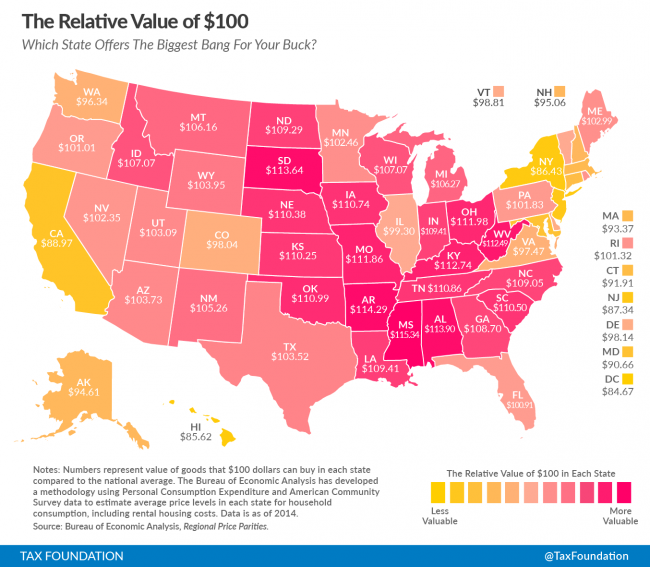Public Park Management
As many of you know, my company privately operates public parks and recreation areas. With costs 50-70% lower than government management, one would think that private operation would be on the table as an option when government recreation budgets face shortfalls**. However, this is seldom true. The reason is that you will almost never, ever, ever hear discussion of efficiency improvements in any discussion of public park budgets. 100% of any such discussion will be "how do we find new revenue streams", even when those revenue streams are one or even two orders of magnitude smaller than potential efficiency gains. When costs have to be cut, they are cut solely by closures and service reductions.
Which is why I smiled when I read this article about Connecticut State Parks sent by a reader:
The effects of state budget cuts will soon be felt at Connecticut’s 109 state parks, including cutbacks in lifeguard staffing and park maintenance and the closure of three state campgrounds.
The $1.8 million in reductions to park operations will take effect after the July Fourth holiday weekend, and Robert Klee, commissioner of the Department of Energy and Environmental Protection, said he expects additional cost-cutting steps next spring. DEEP faces an overall $10 million reduction in funding from the state’s general fund.
“By carefully analyzing how and when the public uses our state park system, we will achieve the savings we need while keeping much of what we offer at our 109 parks open and available to the public,’ Klee said.
But park advocates argue these reductions point to the necessity of identifying additional revenue streams to help fund the parks.
“This just underscores the need for these sustainability funds,” said state Sen. Ted Kennedy Jr., the Democratic co-chairman of the legislature’s Environment Committee. Kennedy and other lawmakers have proposed concepts over the years such as expanded park concessions, a tax on disposable plastic bags, higher park rental fees and sponsorships.
The only cost reductions discussed in the article are reductions in service days and hours. If one were in private industry, one would approach this by identifying all the activities performed by the organization, such as bathroom cleaning and landscaping, and then look at benchmarks to see if others do it less expensively and then try to figure out how they do it less expensively and determine if those methods could be copied. None of this ever occurs in the public sphere. The several times I have suggested it in senior meetings, for example in California, the whole room goes quiet and looks at me like I am insane.
** In reality, every single government agency running parks has a shortfall, even when their budget is balanced. Why? Because virtually no agency, including the big ones like the National Park Service or California State Parks, fully cover all of their capital maintenance costs. All these agencies have growing deferred maintenance accounts, even when they claim that budgets are nominally balanced.





